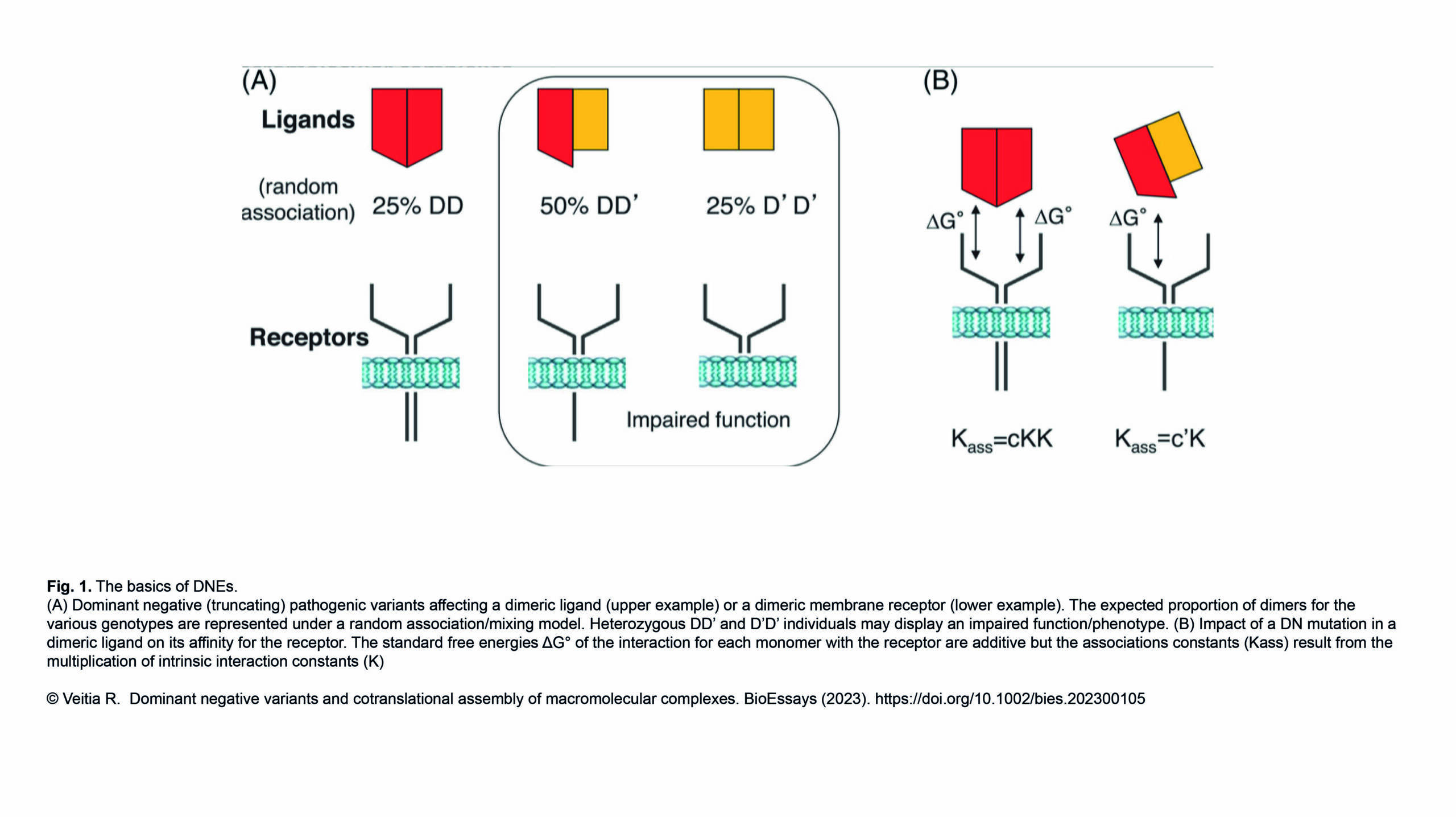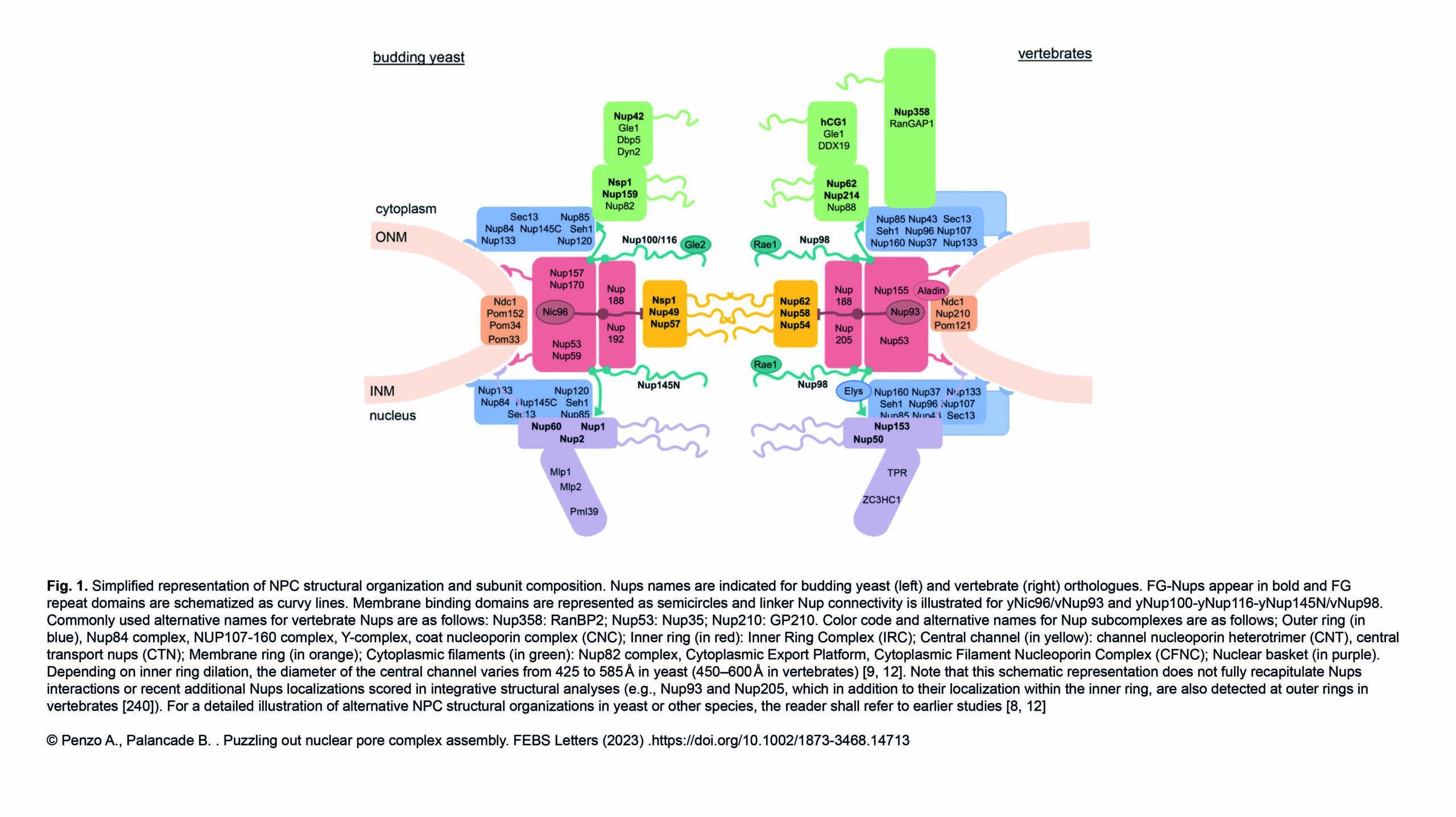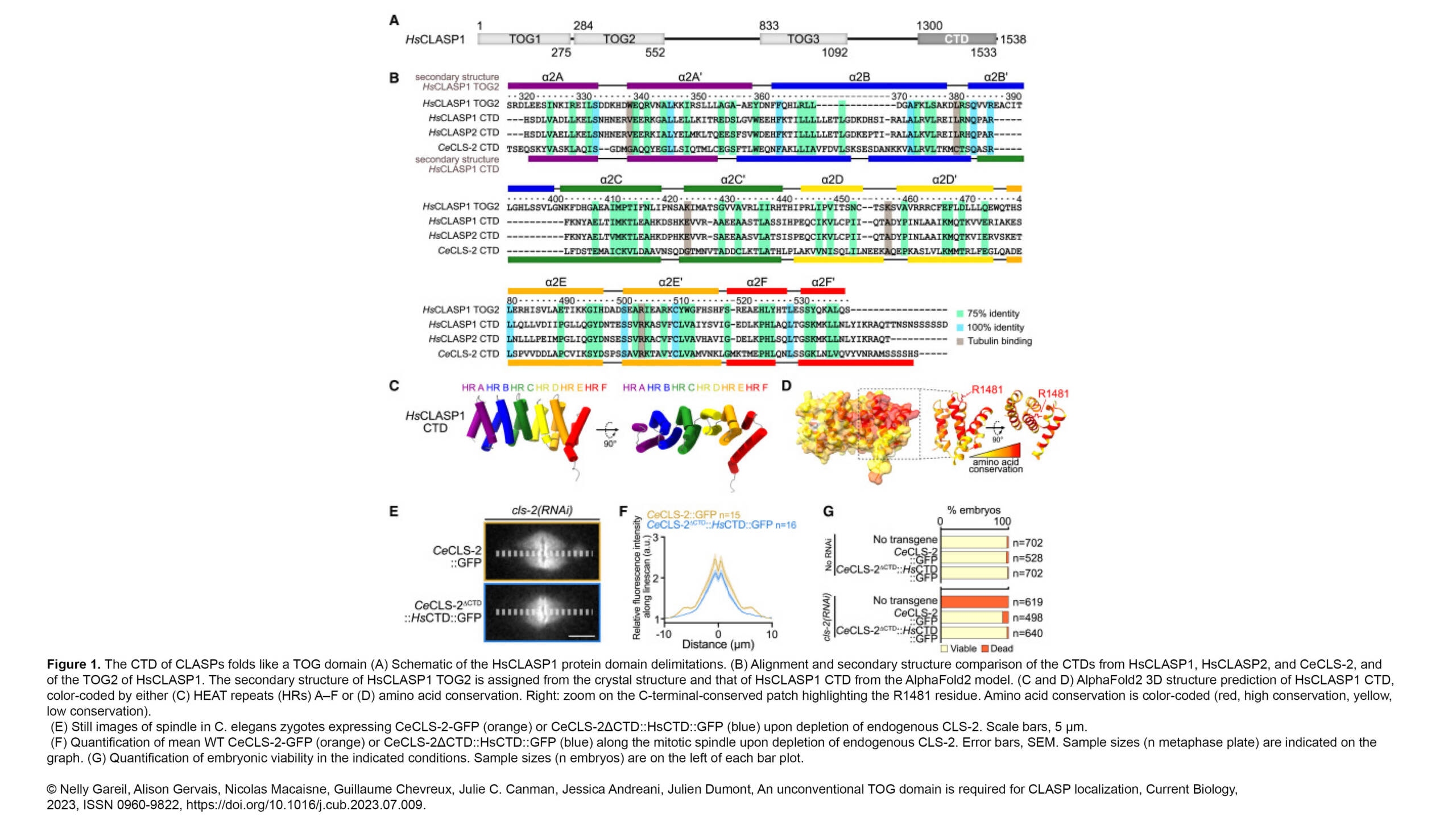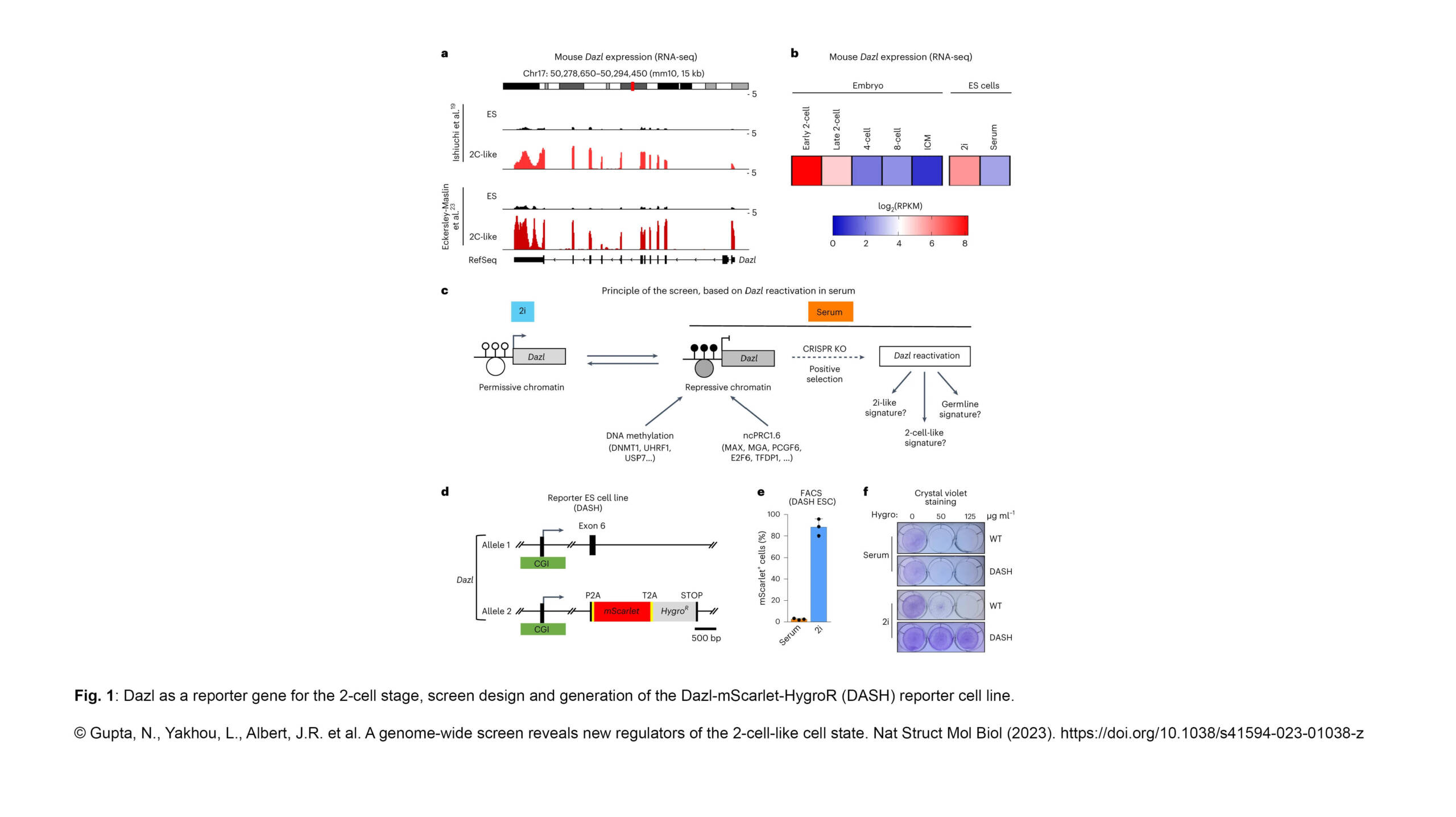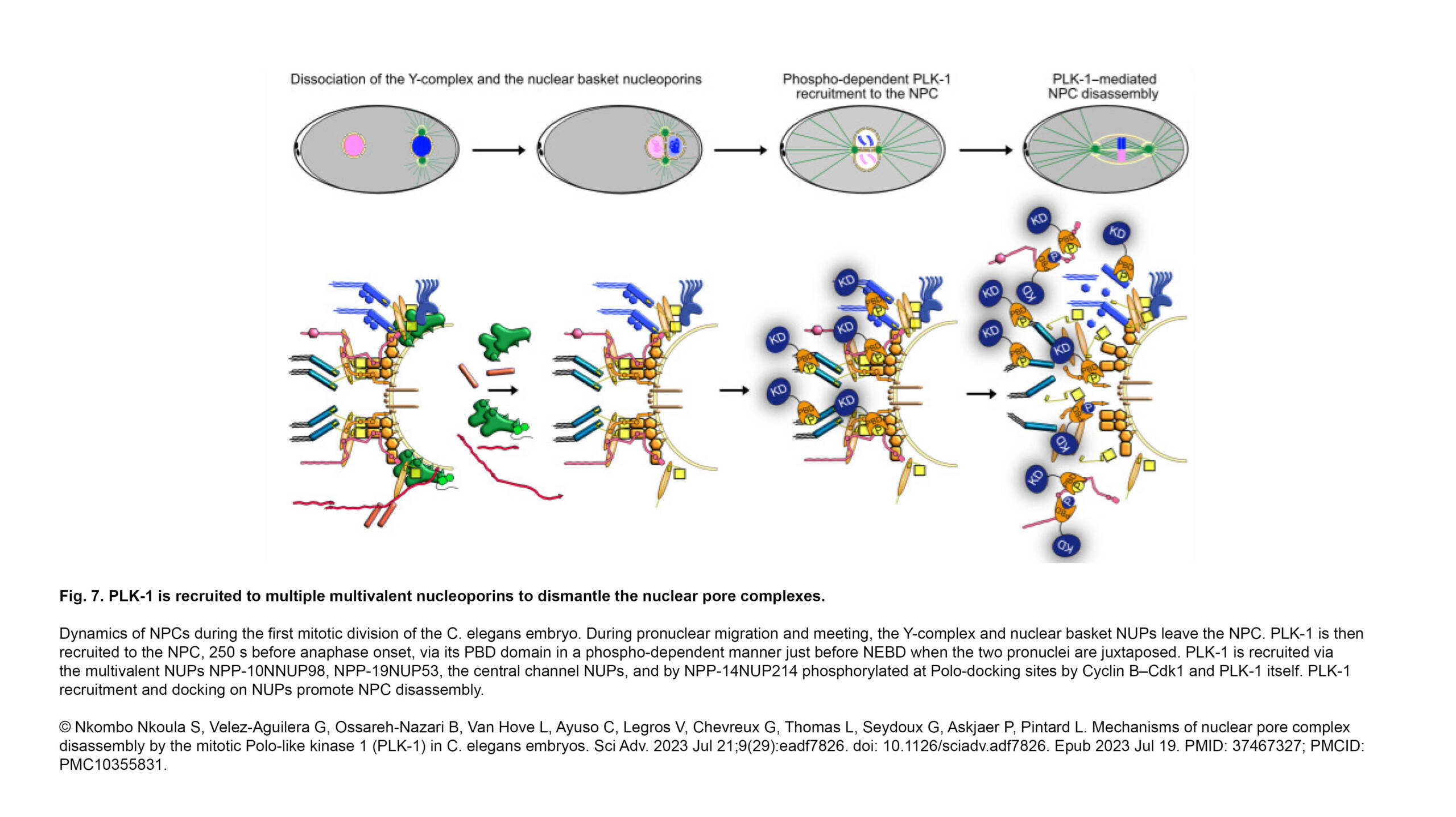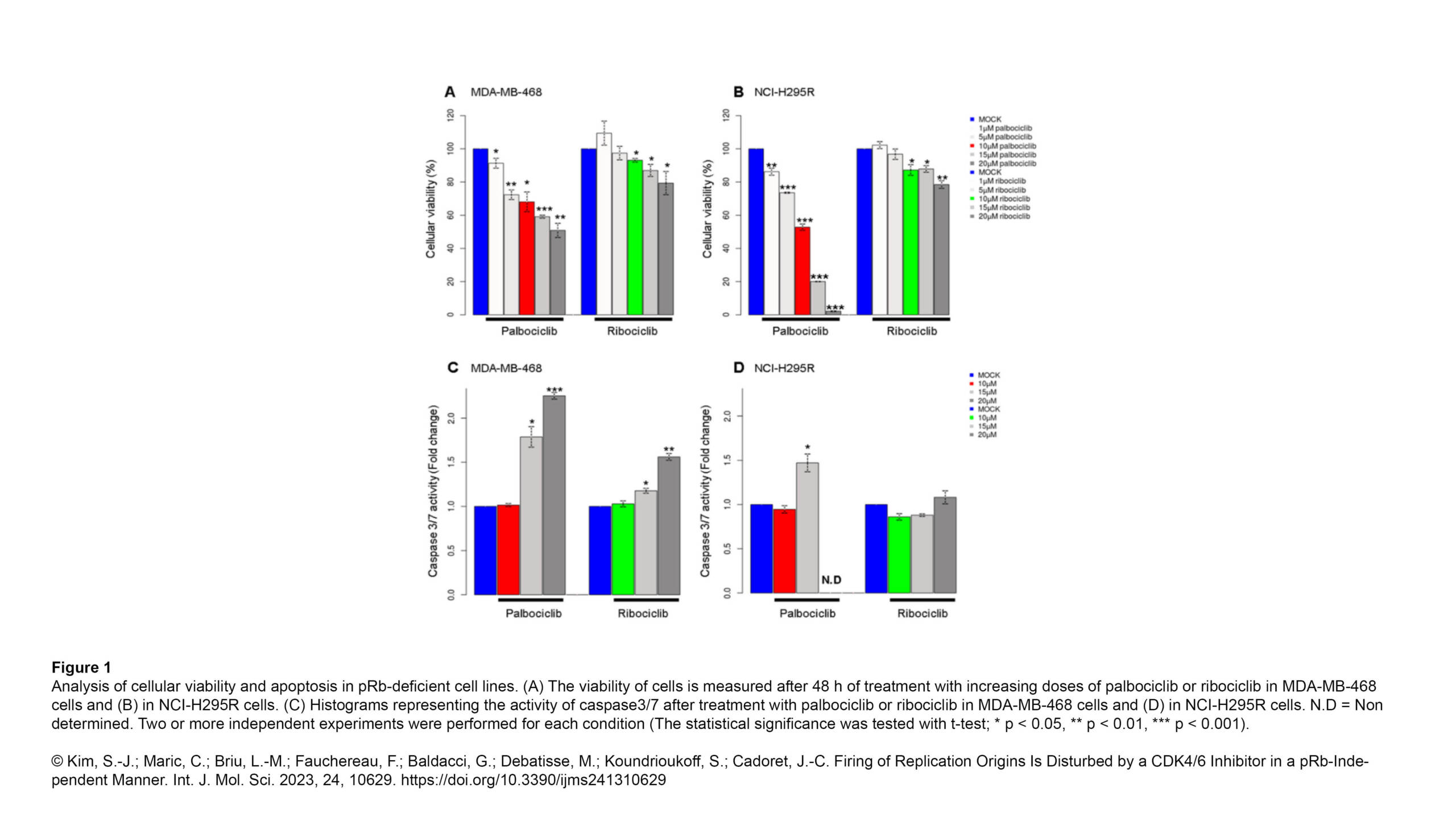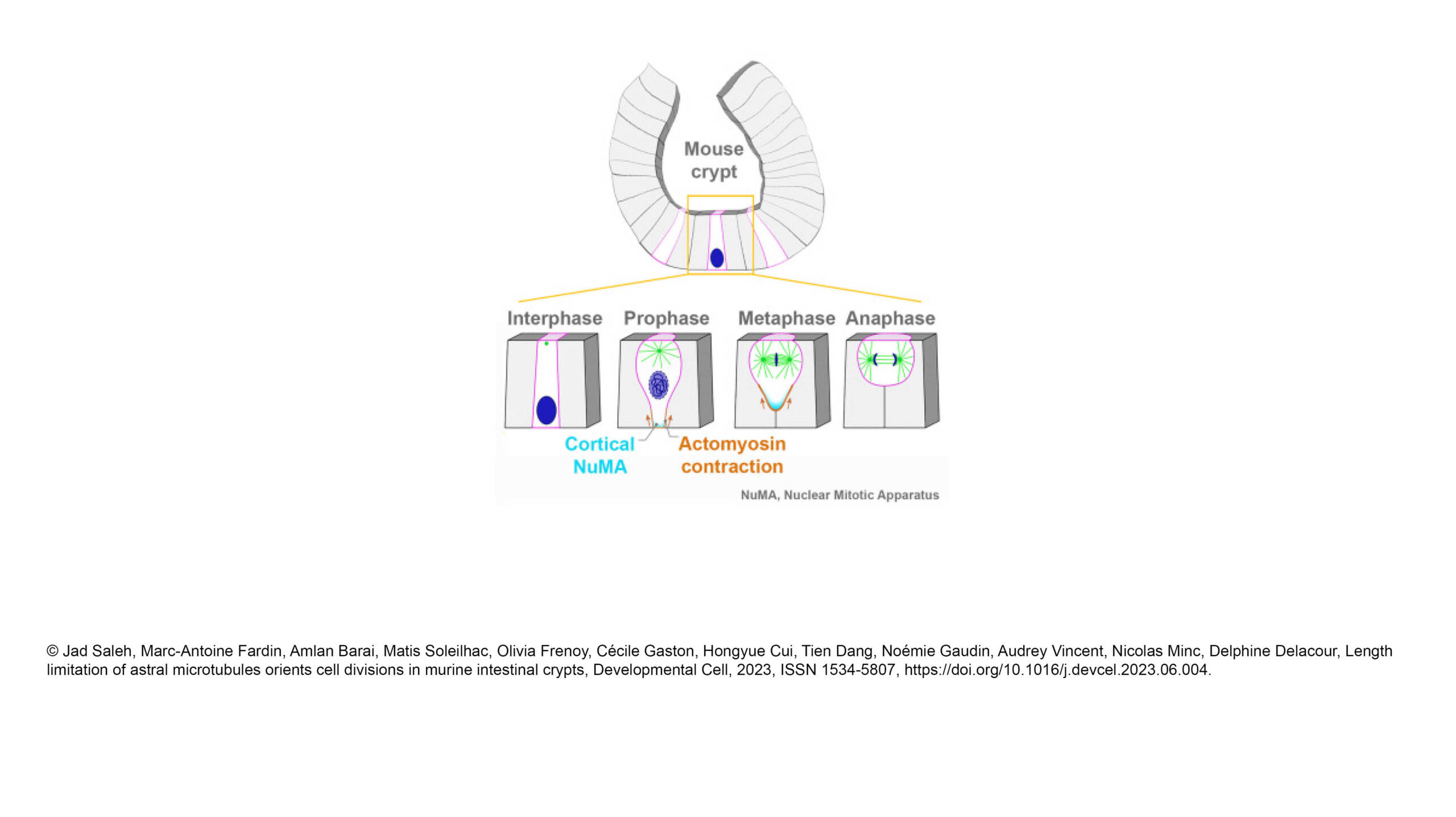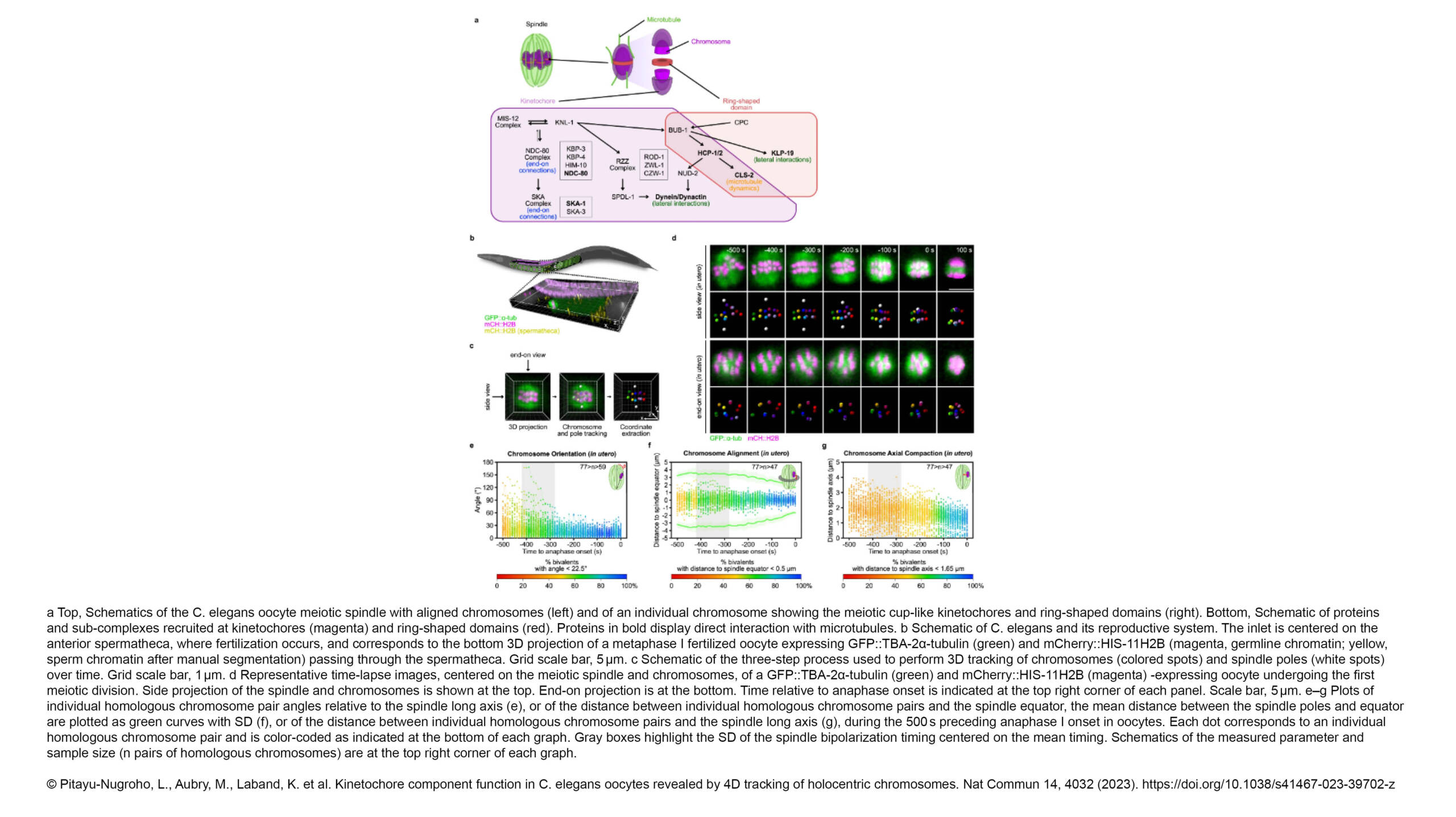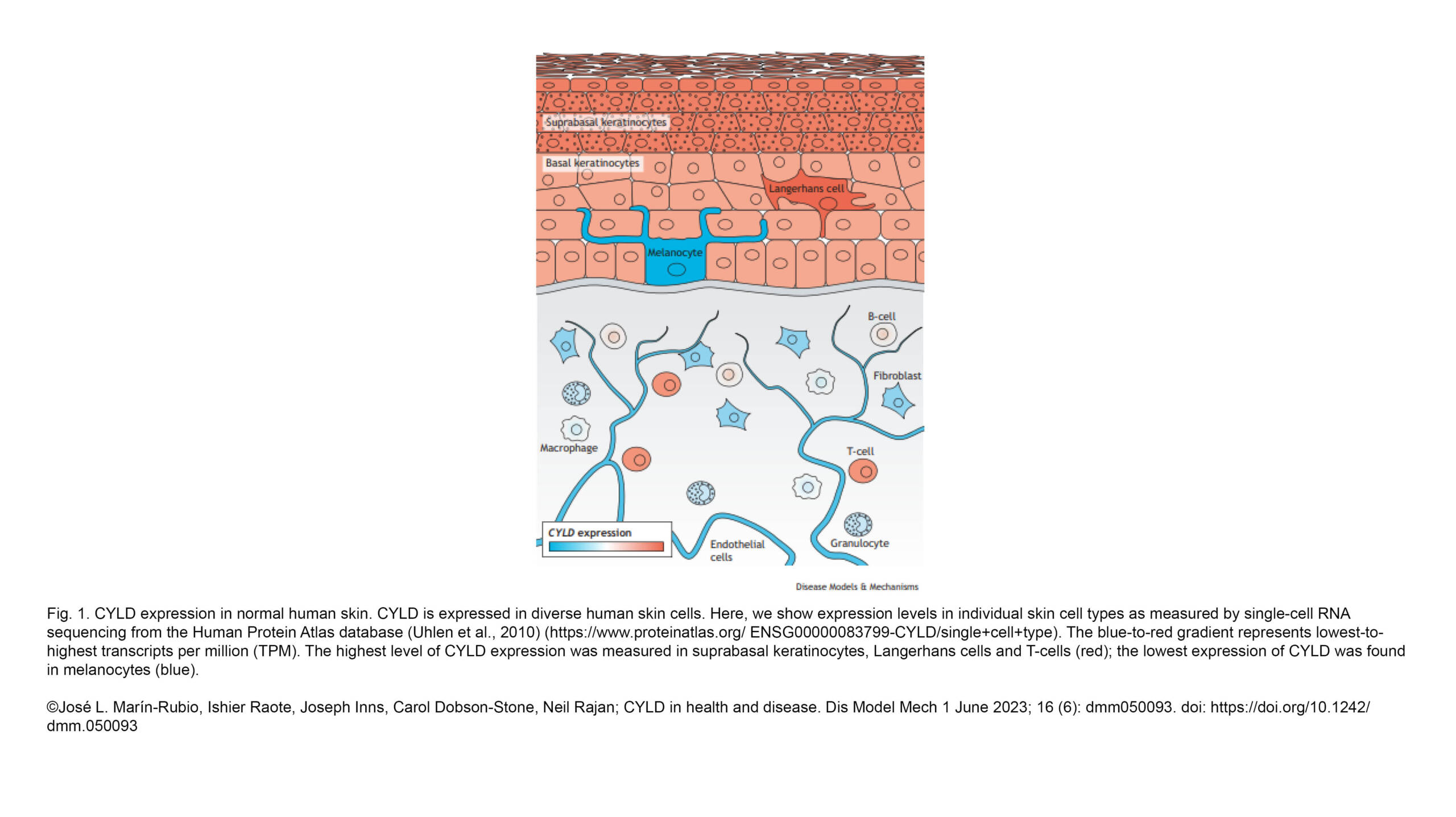The Veitia Lab recently published a new article in BioEssays :
Dominant negative variants and cotranslational assembly of macromolecular complexes
Abstract:
Pathogenic variants occurring in protein-coding regions underlie human genetic disease through various mechanisms. They can lead to a loss of function (LOF) such as in recessive conditions or in dominant conditions due to haploinsufficiency. Dominant-negative (DN)…
